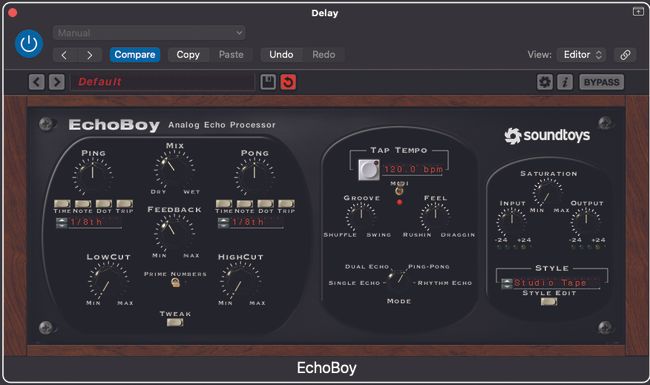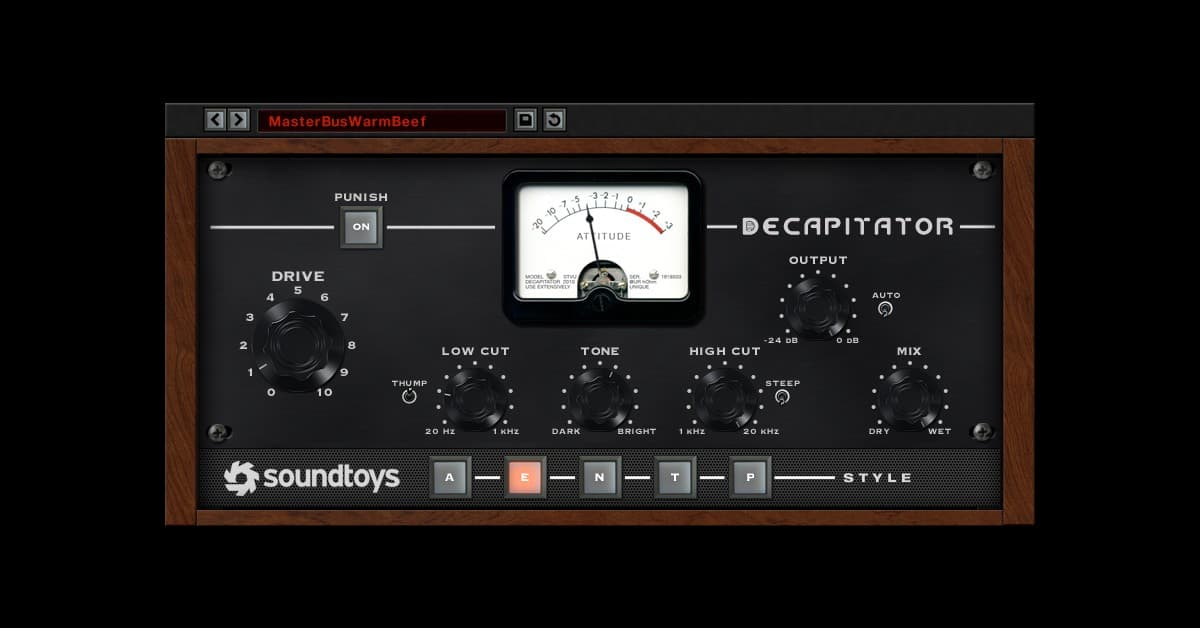

Try out hi-fi studio tape models on vocals and grittier, worn tape styles on electric guitar. There’s something magical about the way a great tape delay sits in a mix. Tape delay is perfect wherever you need a warm but detailed delay with subtle modulation. Engineers jealously covet tape delays for their warm, musical repeats. What were considered imperfections at the time are highly sought-after today. Worn tape and improper biasing added saturation and blurred the repeats together slightly. The “wow and flutter” or subtle speed fluctuations of the tape caused the delayed signal to have a subtle, natural modulation.

That left limited delay time available and caused the tape to wear out faster. To save space, the tape passed by the heads in a closed loop instead of spooling on a reel. But tape delay effects didn’t exactly get it right. Here are the 4 main delay types: Tape DelayĮngineers realized early on that tape based recording systems could be adapted into echo units.ĭelay was originally intended to mimic the natural reflections of acoustic echo. No matter how complex a modern delay plugin might be, all delay effects are based on this simple concept. That signal is then played back later in time after a variable duration or delay time.Ī portion of the delayed signal is routed back to the input ( feedback) and the two signals are blended together (wet/dry mix) to create the illusion of cascading echoes. The input of a delay effect goes to a recording medium that makes a copy of the signal.

In this article I’ll go through the 4 main types of delay, where to use them in your mix and the best delay plugins for every mix scenario.Īll delay effects are based on the same time-based principle. Luckily, If you know a bit about the different types of delay and the classic hardware that they’re modelled on, it's much easier to choose the right one at the right time. Searching for the best one for your session can take you out of your creative flow pretty quick.

And now Dubstation 2 enters, stage left.Delay is a crucial audio effect for creating space while mixing music.Īlongside reverb, delay plugins are key tools for crafting the ambience of your songs.īut there are so many different delay plugins out there. Anyway, for wild and crazy I like a bit of Strange Attractor, but my usual go to bread and butter iOS delays are Tap Delay, which I'm in love with and want to marry, and Filtatron, which I plan to keep on the side, in an apartment overlooking a city street. Or AUFX:Dub so much ('this one bought as an excuse to send more money to a wonderful developer). To be honest, I haven't really clicked with echopad, so maybe we want different things from our delays? For context, I haven't really gelled with Turnado yet either. From those you mention, I only have echopad and admittedly I don't know the others very well, so do take my opinion with a grain of salt. It's not really in the same league as Timeless 2, but also not as intimidating and it costs all of €5.49.
Fabfilter timeless 3 vs echoboy plus#
slick UI here), and as it's AU, you (obviously) get multiple instances etc., so no hard choices as to who gets what, plus you can line 'em up. FIrst impressions: very quick to dial in something I like, plus L/R independence (if you choose it - v. I don't know about 'better' per se (tricky word) but it's certainly an excellent delay! And I love a delay, me. Can it really sound better than the other top delays on iOS? Like echopad or apeDelay or tone stack?


 0 kommentar(er)
0 kommentar(er)
